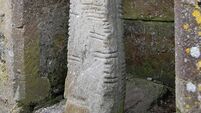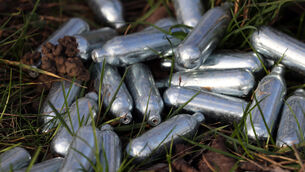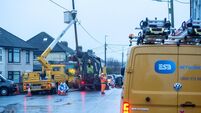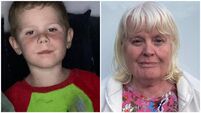Gaps in information hampers dealing with child safety claims
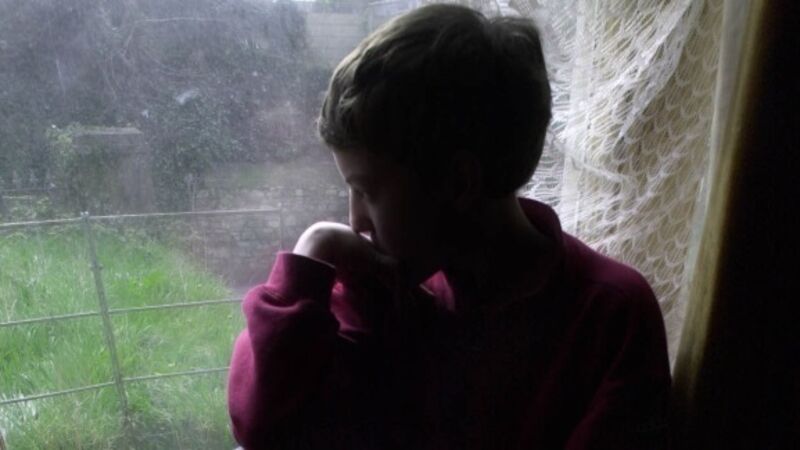
The National Board for Safeguarding Children in the Catholic Church in Ireland has warned against complacency when it comes to child safety following a slight increase in the number of allegations notified to it.
In its latest annual report the NBSCCCI said it received 143 allegations last year, up from 135 in the 2017/18 period. However, it said there was an overall decrease of 18.5% in allegations related to the sexual abuse of children, from 108 in the previous year to 88 in the year being reported on.







